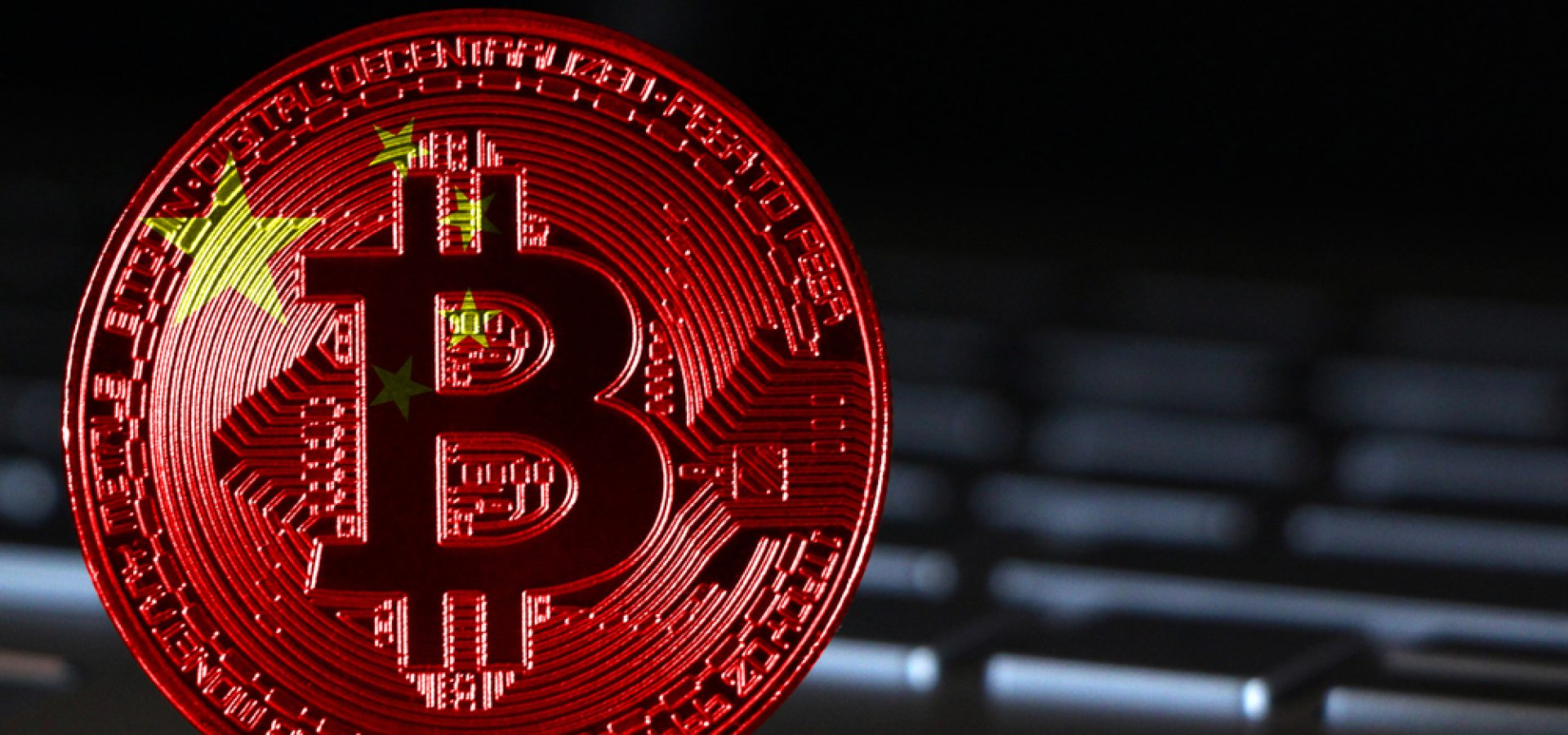China’s recent mining crackdown has considerably eased Bitcoin’s reliance on large-scale mining infrastructure and geographic concentration. In May 2021, China announced that it would take strict measures against cryptocurrency mining and trading to deal with financial risks.
The country’s crackdown on cryptocurrencies is not new but instead reiterated its previous stance on the dangers of digital currencies to economic stability in response to recent price fluctuations.
Cryptocurrency miners are the target of implementing existing guidelines
Whether the miners move to different locations or not, the mining hardware still has potential risks. It proves that the Ethereum blockchain’s shift to Proof of Stake that you can run on consumer-grade devices is a more responsible way to decentralize and provide more excellent resistance to such dangers.
Bitcoin mining relies on large-scale industrial cryptocurrency mining farms. It mainly occurs in China, accounting for 65% of the global hash rate. This trend is also supported by the manufacturing of customized hardware in China.
One-half of the ASIC mining machines produced are distributed to Chinese mining machines. The crackdown caused significant turmoil in the Bitcoin market.
The hash rate of the Bitcoin network has fallen to its lowest point in 12 months. More provinces are requiring miners to shut down. However, the industry is uncertain about what can happen to the confiscated mining hardware. This fact severely hits the entire network. For Chinese miners, this is a massive loss for a multi-billion-dollar industry.
China’s policy stance on Bitcoin seeks “financial stability and social order.” It might result from geopolitical interests and its established reduction of carbon emissions and the shift of energy to other industries.
Miners now seek to migrate to cool climates.
Miners search for cheap energy and “crypto-friendly” jurisdictions. This may open up healthy competition for other cryptocurrency-friendly policy positions in other jurisdictions to attract industry participants.
What decentralization issues might come up?
Decentralized infrastructure’s main vulnerability has always been the hardware. In blockchain-based cryptocurrency networks based on the Proof of Work (PoW) consensus algorithm, the generally recognized transaction records rely on distributed computer networks.
The structural development quickly affects it. Hardware mining concentrated in industrial-scale factories in certain regions also has a significant influence. They use upgraded hardware (such as new model ASICs). That hardware has not yet been provided to the broader market to “pre-mine” cryptocurrency or delays in the supply chain.
Concentrating most of the computing power in one country, relying on expensive hardware settings, and being subject to regulatory crackdowns, runs counter to the spirit of “decentralization” of Bitcoin.









COMMENTS